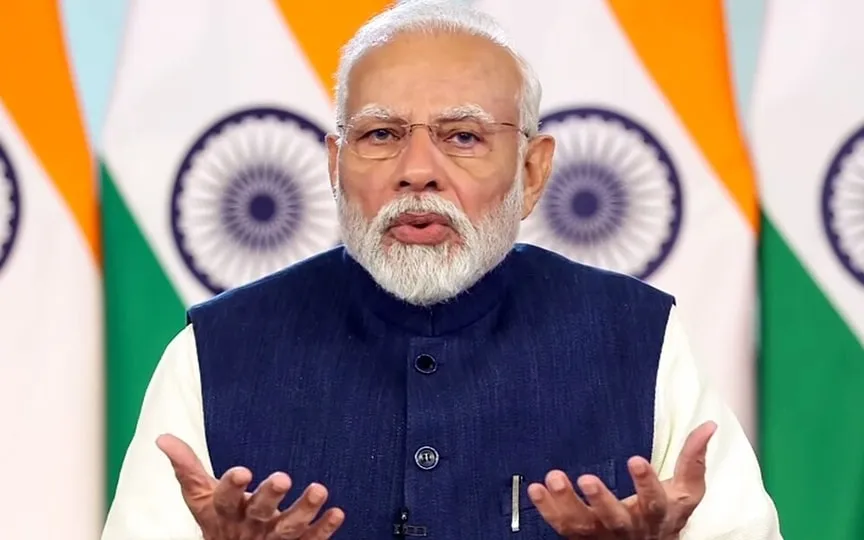Deepfakes: Spot Them and Stay Safe – PM Modi’s Warning on AI
During the Diwali Milan program at the BJP headquarters in New Delhi, Prime Minister Narendra Modi drew attention to the growing issue of deepfakes in India. Deepfake technology, which utilizes artificial intelligence (AI) to convincingly alter media like photos, videos, and audio, has become a concerning problem. The most recent incident involved actress Rashmika Mandanna, who fell victim to a distressing deepfake attack. PM Modi discussed this matter with journalists on Friday, November 17.
During the speech, he pointed out the misuse of artificial intelligence to create “deepfake” texts and said that the media must make people complain about this crisis. The deepfake problem has even prompted some celebrities to take legal action. Earlier this year, actor Anil Kapoor successfully fought a lawsuit against his own unauthorized deepfake, and recently a disturbing deepfake video surfaced of actress Rashmika Mandanna in which her face was inserted into another woman’s body.
The problem with deepfakes
In many ways, the Rashmika Mandanna deepfake row started a conversation in India about this issue that can explode at any time. In this case, a small six-second clip of the actress was shared online, in which Mandanna is seen entering a lift. It quickly went viral. But it was later revealed that the video was of Instagram influencer Zara Patel and Mandanna’s face was added through artificial intelligence.
Reacting, Union Minister Rajeev Chandrasekhar said, “Government is committed to ensuring the safety and confidence of all DigitalNagrikis using the Internet”. He called deep fakes the latest and most dangerous and damaging form of misinformation, explaining that “platforms have to deal with it.”
Patel, the woman whose video was faked by Bad Actors, took to her Instagram account and said: “I am deeply shocked and appalled by what is happening. I worry about the future of women and girls who now have to be even more afraid to put themselves on social media. Take a step back and fact check what you see on the internet. Not everything on the internet is true.”
How to spot deep fakes
The Massachusetts Institute of Technology (MIT), which has its own AI and ML research department, has published some useful tips to help people distinguish deep fakes from real videos. A few of them are listed below.
1. Pay attention to the face. High-end DeepFake manipulations are almost always face changes.
2. Pay attention to the flashing. Does the person blink enough or too much?
3. Pay attention to the movements of the lips. Some deep fakes rely on lip syncing. Do the lip movements look natural?
The risk of being deeply faked is low for most individuals, as it takes extensive training knowledge to create such sophisticated manipulations. Without a vast collection of personal photos and videos readily available online, it will be challenging for AI models to produce flawless depth fakes, especially when it comes to side views.




